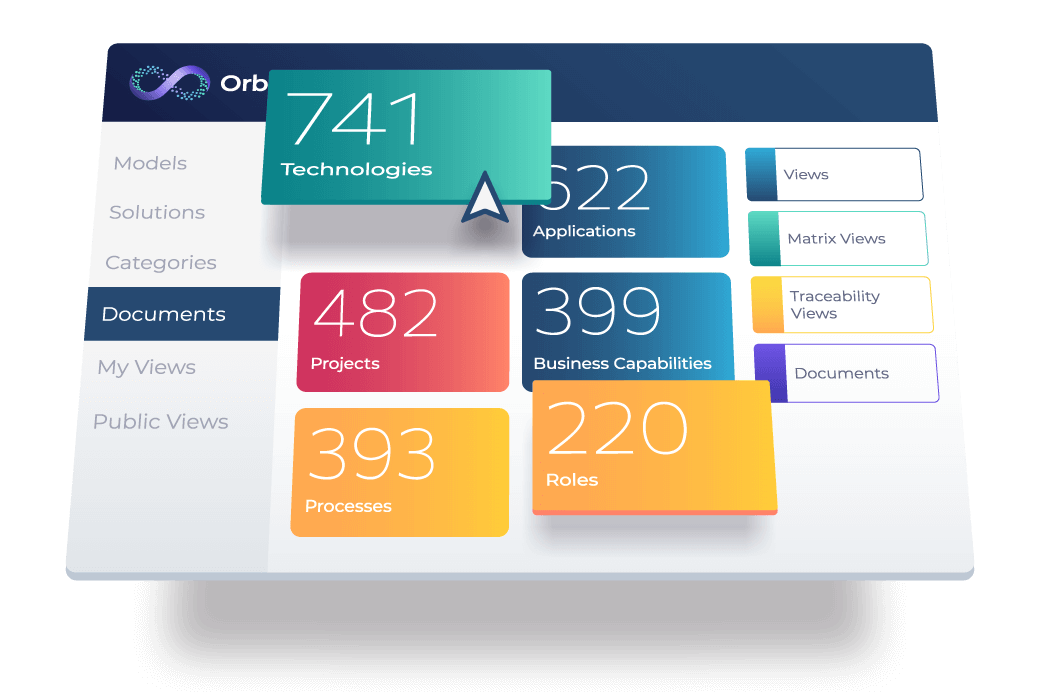eBook exploring the Architecture value that can be provided at the Program level to deliver on your Application Platforms.
The Program Manager and Program Architect have a delicate balance to achieve between addressing the above questions, delivering Program priorities and meeting Enterprise demands across various stakeholders (business and technology). The roles and delivery process is made more complex if key Architecture inputs such as Target State models are not in place or if there is not a strong governance structure to drive the consensus needed to support effective Program delivery
Program delivery momentum and alignment is driven through a mature set of Enterprise level artefacts in an organization and if that level of visibility and endorsement is not present then the lack of clarity and understanding is permeated through the decision making of the key technology and business teams. Ideally an endorsed Architecture framework that identifies the key Enterprise Platforms required in a target state and the context in which they will operate provides the necessary guidance for Program and Project planning and delivery.
Significant value can be generated by the Enterprise and Program Architect to map out the Program impact and contribution to Application Platforms from each of the Project releases. Without this clarity, these issues are a significant drag on your agility and ability to respond to a changing customer profile and market opportunities.
In this eBook, I will explore the Architecture value that can be provided at the Program level to deliver on your Application Platforms and the Architecture opportunities and challenges that can exist in delivering Program and Project outcomes in your environment.
Login to continnue reading and download the ebook.









